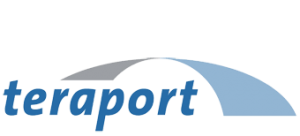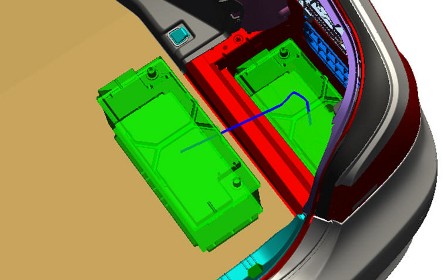Pro.PathFinder
Client Requirements
Each component of a complex product, such as, for example, of an automobile, which is to be assembled or disassembled at least once requires safeguarding in its development phase. It must be tested in a digital environment whether the assembly/disassembly of a component is in fact also physically possible. Extremely high modification costs can result if this procedure does not work on the physical product. Ensuring the quality of its product development at an early stage, in respect of the assembly and disassembly of individual components, must therefore be the aim of every company. The specialist sectors, production, sales and service, furthermore continue to keep pushing for the concept of service-compatible design engineering. This means that, the earlier information is made available in the product engineering process on the assembly of individual components and on their handling in the case of required maintenance/service, the easier and more cost effective the planning of this process will be.
Teraport Solution
Pro.PathFinder determines fully automatically an optimal assembly and disassembly path for each component or sub-assembly. The input data, such as the model entered, its environment, as well as its initial and final position (or, as an option, its intermediate posi-tions) is defined with the user-friendly Teraport workflow user interface DMU.Connect or within a workbench of Teraport’s 3D-Viewer DMU.View. The degree of detail and the minimum clearance spaces, etc can be individ-ually specified via the parameter input. The calculated path of movement can also finally be exported to any CAD system.
Client’s benefit
A highly efficient algorithm ensures that an existing assembly or disassembly path can be identified fully automatically with the process solution Pro.PathFinder. In the event that a collision-free path does not exist, an alternative path will be determined with the unique shrinking methodology. This serves as a recommendation and also gives an indication of the degree of geometric overlapping. Bearing in mind that just one single tool modification can, for example, cost 100.000 Euros, one can readily understand how much savings potential can be achieved by the early identification of collisions caused by components, which cannot be assembled or disassembled.

